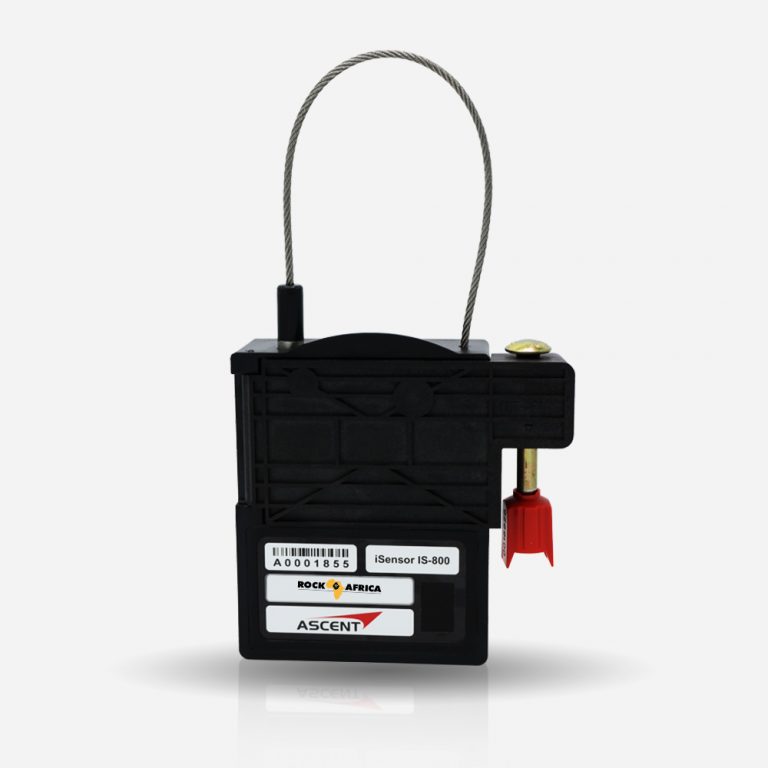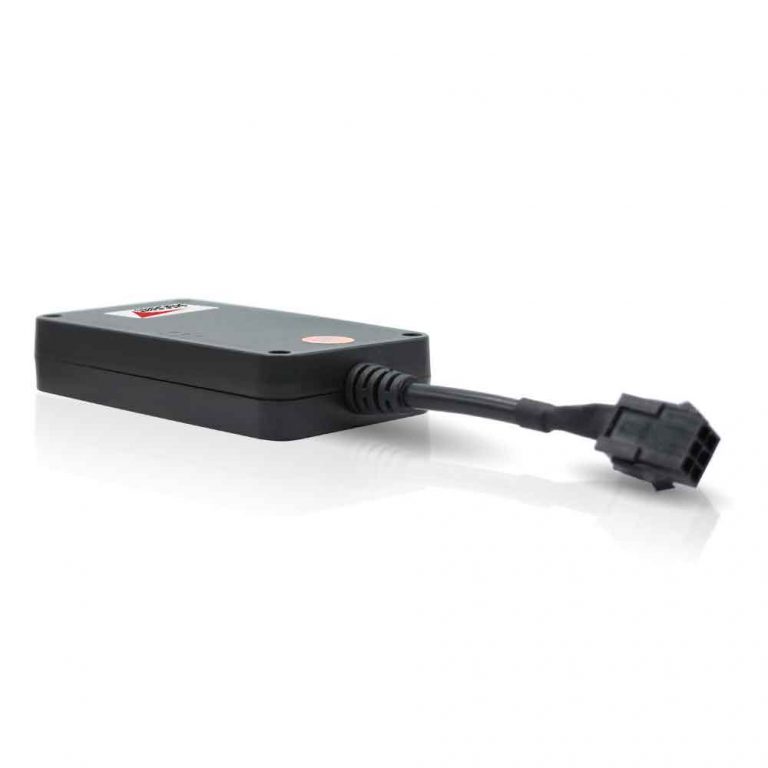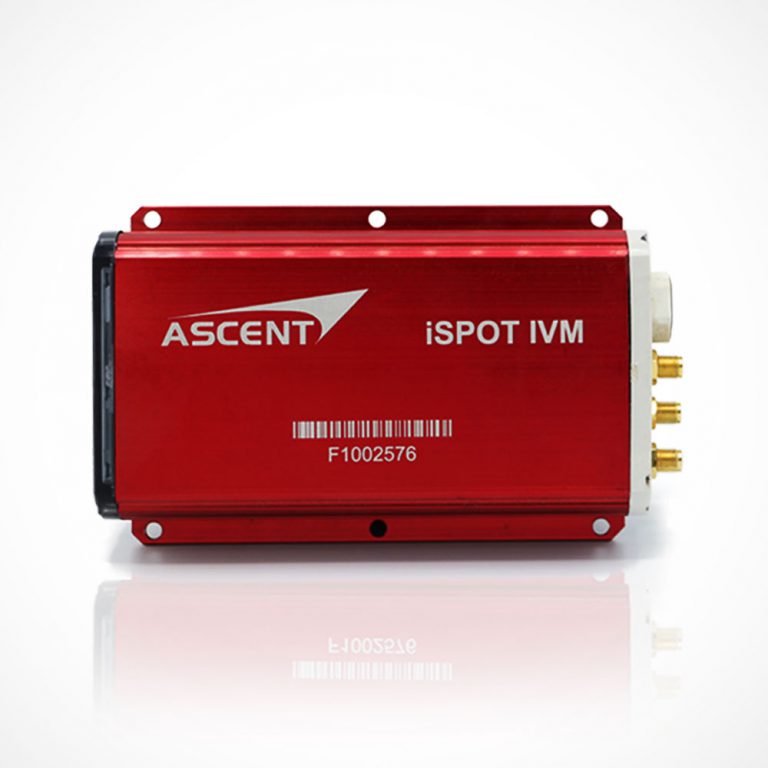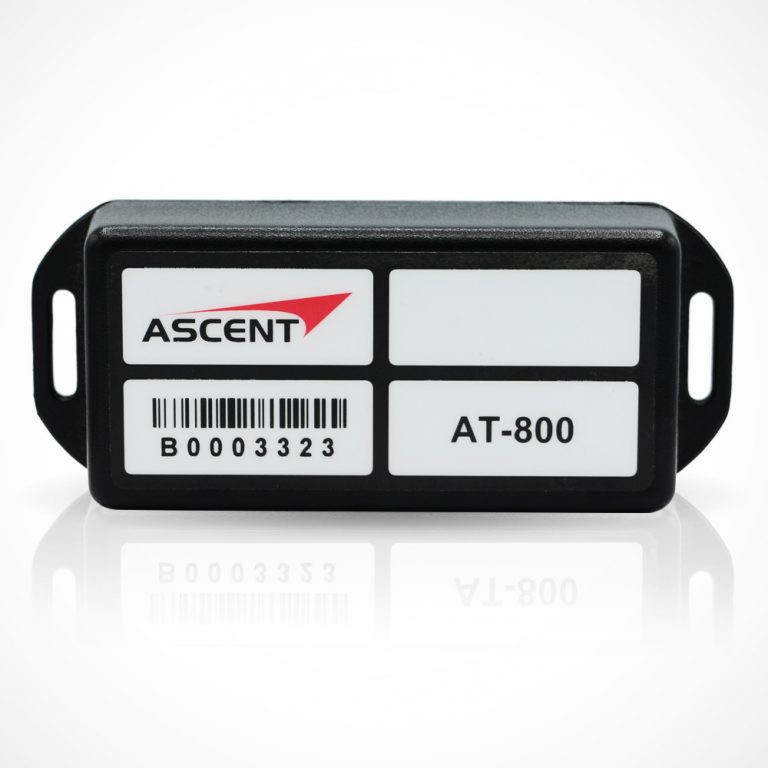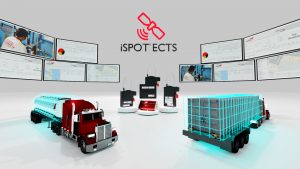Many organisations are working towards ensuring traceability in their supply chains but what exactly are the benefits of having a traceable supply chain? Supply chain traceability comes with many advantages such as the ability to react to real time happenings, end to end visibility, ability to prove compliance with regulatory requirements and increased efficiency just to name a few. This post will explore how ECTS can contribute to supply chain traceability which in turn helps in establishing a sustainable supply chain.
Traceability in supply chains
How does ECTS work?
Before the cargo sets off on a trip, the container can be locked and secured with an electronic seal. This electronic seal will link back to the ECTS platform which will enable users to have full visibility during the transportation section of the supply chain. Users will be able to view the location of their cargo in real time and be alerted to any tamper or route deviation along the transportation legs. The electronic seal can then be removed by an authorised personnel after arrival at the allocated destination for that particular trip.
ECTS can contribute to traceability
Through the use of ECTS, traceability can be ensured whenever the cargo moves from point to point throughout the supply chain. First of all, an ECTS addresses security concerns by providing high level security tracking for in transit cargo. Live location tracking and alerts allow for greater visibility and supports users ability to react in real time to any happenings that occur during the course of transit.
In addition to this, the ECTS can store records of trips on the platform which users can pull up for use, should the need arise. The details relating to entire trips are documented and stored which also enables for goods to be traced back to their origins. With an ECTS, users will be able to prove to all stakeholders in the supply chain, from the manufacturer to the end customer, that the goods have remained “uncontaminated” and free of interference from the start to the end.
The combination of live tracking and the availability of trip reports contributes to increased supply chain visibility. Users will be kept informed on the movement of their cargo and have easy access to the necessary information during or after the trip.
Sustainability in supply chains
Sustainable Sources
When it comes to commodities (e.g. wheat, cotton, gold etc) and perishables (meat, poultry, fish etc), due to the nature of the goods and the need to uphold the standard requirements in the transportation process, it is important to be able to prove origin of the goods and the compliance with standards set out in regulations.
With an ECTS in place, the transportation process will be tracked and documented which leaves records that can serve as proof to back the claims of the distributor. For example, a distributor of organic apples from the United States will be able to prove to retailers and end customers that the apples indeed came from the stated farm in the United States. The distributor will also be able to provide records that the apples were transported according to the requirements.
Various stakeholders will benefit from the increased visibility and transparency which would lead to a higher level of trust among the stakeholders. To provide some context to this, take for example the import of coffee beans from Brazil to Singapore. Farmers, the suppliers of coffee beans, would receive assurance that their harvest is being supplied correctly and not facing any external interference during the transportation process. Distributors would be able to prove to the retailers about the authenticity of the claimed origin and likewise retailers will be able to prove the same to their customers. The ability to prove will lead to a higher level of trust from end customers, especially as an increasing number of consumers are paying attention to where the goods they buy come from and are seeking for more transparency and reliability in the goods they consume. ECTS can thus play a significant part in enabling businesses to meet the rising expectations of customers.
How traceability supports sustainability
Greater supply chain traceability leads to enhanced visibility. The improved visibility allows supply chain owners to be able to support sustainability claims, identify areas of improvement and supports better decision making. The road to attaining a sustainable supply chain has to first start from identifying the areas in the supply chain where changes can be implemented. Data provided by an ECTS can be extremely useful in the identification of the areas that could be improved on.
Check out our iSPOT® Electronic Cargo Tracking System to find out more about our electronic cargo tracking solution.

